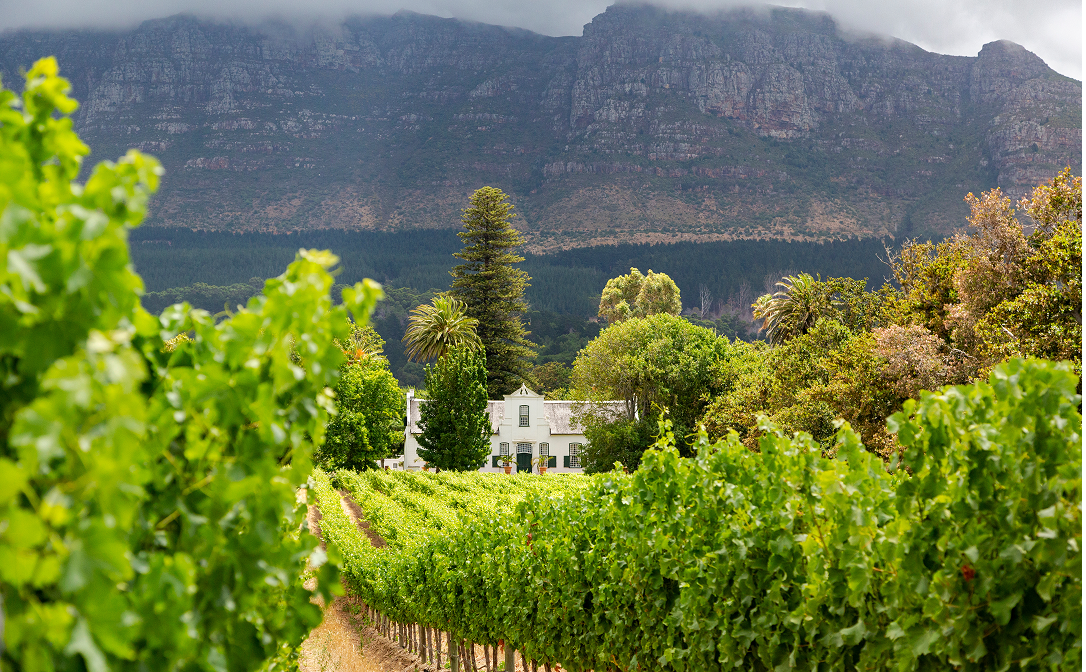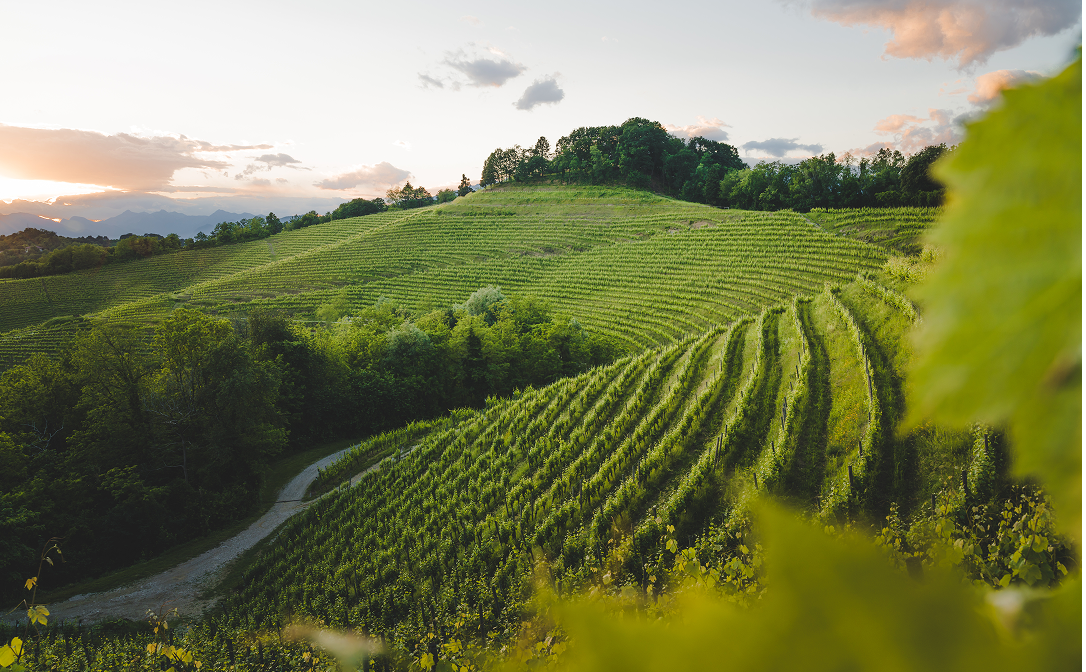Think of Sauvignon Blanc, and chances are Marlborough comes to mind.
The wine region on the South Island of New Zealand earned its world-famous status thanks to its distinct take on the white grape, bursting with racy acidity and a powerfully aromatic profile of gooseberry, elderflower, grapefruit and passion fruit. Today, Marlborough Sauvignon Blanc is New Zealand’s leading wine, far outweighing any other in production or consumption.
But despite Sauvignon Blanc’s strong affiliation with Marlborough, there are many more wine regions around the world where the variety excels. Thriving in climates both cool and warm, and across myriad soil types and topographies, Sauvignon Blanc enjoys many iterations, ranging from steely and elegant to rounded and fruit-forward.
When you’re ready to explore some of the best Sauvignon Blanc regions beyond the borders of Marlborough, give those outlined below a try.
Want to learn more about the wine regions of the world? Our Level 3 Award in Wines offers an in-depth look at the main wine regions and the key factors in the production of wine: location, grape growing, winemaking, maturation and bottling.
Loire Valley, France
If you want to know where to find great Sauvignon Blanc, look first to the grape’s roots in northern France. Winemakers in the Loire Valley have been growing the variety since at least the 16th century, and the gentle river-carved landscape is still ideally suited to bringing out its best side.
How does Loire Valley Sauvignon Blanc compare to those from New Zealand? It depends. The largest Loire sub-region is Touraine, centrally located in the middle of the 1,000km-long area. It produces light and fruity wines from its varied soils.
But you’ll want to look to prestigious sub-regions like Sancerre and Pouilly Fumé for the most impressive examples of Loire Valley Sauvignon Blanc. Here the cool climate and well-drained soils of gravel and limestone make for wines that are elegant and restrained. Compared to Marlborough, notes are greener and stonier, and in the case of Pouilly Fumé, subtly smokier.
In Marlborough most winemakers only use stainless steel in their fermentation and aging processes but in the Loire methods are more varied. Some producers ferment and age wines in wood, usually old oak, and may also rest wine on lees to add texture and character.
Signature aromas and flavours: green apple, asparagus, wet pebbles and (sometimes) smokiness.
Casablanca Valley, Chile
One of Chile’s most-planted white grapes – along with Chardonnay – Chilean Sauvignon Blanc thrives in the country’s cool-climate Casablanca Valley. Set between the Pacific Ocean and coastal mountains, this sandy clay valley experiences a combination of morning fog and afternoon wind gusts from the nearby ocean. It’s the ideal environment for encouraging slow grape ripening, in turn creating white wines with intense fruit flavours and high acidity.
While the strong South American sunshine lends Chilean Sauvignon Blanc a distinct tropical character, the Casablanca Valley style is generally more herbaceous and less concentrated than Marlborough examples. In some cases, producers may add richness via ageing in oak or lees stirring.
Signature aromas and flavours: ripe apple, citrus, tropical fruit, herbs.
Constantia, South Africa
When it comes to South African white wines, look to Constantia on the fringes of buzzy Cape Town – home to some of the oldest vineyards in the country. While once most famed for historic sweet wine Vin de Constance, in recent times, it’s become known for the quality of its Sauvignon Blanc.
Set on well-drained soils of decomposed granite and clay, vineyard sites are cooled by the “Cape Doctor” – a strong, dry wind that blows in from the coast during spring and summer. This tempers the intense South African sunshine and allows grapes to ripen more slowly and evenly, encouraging complexity and balance.
Compared to Marlborough’s overt green freshness, Constantia Sauvignon Blancs can taste more subdued and somewhat riper.
Signature aromas and flavours: citrus, gooseberries, cut grass, green fruits.

Constantia, South Africa
Napa Valley & Sonoma Valley, USA
Next door neighbours on the Californian coast, sun-baked Napa Valley and sprawling Sonoma Valley both produce world-class Sauvignon Blanc. While much varies between individual sub-regions and producers, the style of wine here typically sits somewhere between the acutely racy profile of Marlborough and the low-key elegance of the Loire Valley.
In Napa Valley AVAs such as Oakville, Yountville and Rutherford, wines tend to have ripe tropical fruit flavours. In Sonoma and Sonoma Coast, they typically feature higher acidity and riper citrus character.
Winemaking styles vary too. American Sauvignon Blanc wines labelled as Fumé Blanc typically indicate an oaked style of Sauvignon Blanc, which can have rounded notes of smoke and cream.
Signature aromas and flavours: green apple, citrus and herbs in Napa and lime, grapefruit and gooseberry in Sonoma.
Adelaide Hills, Australia
With vineyards sitting between 400m and 650m above sea level, the acclaimed Adelaide Hills has become a poster child for Australian cool-climate wines. These lofty, cooling altitudes give scope to grow great Sauvignon Blanc here, despite the geographical location in sun-drenched Southern Australia.
The region’s soils – which are generally a mixture of sandy loams, loams and clay loams – hold limited amounts of water so irrigation is sometimes required during summer months.
The resulting Sauvignon Blanc wines hit a sweet spot between elegant and fruity. Acidity is refreshingly high, without being as opulent as the classic Marlborough style.
Signature aromas and flavours: concentrated passion fruit, grapefruit, fresh-cut grass.
To kickstart your Sauvignon Blanc journey, sign up for our Level 2 Award in Wines will teach you how grape-growing, winemaking and maturation options influence the style and quality of Sauvignon Blanc and other key grape varieties.
Friuli-Venezia Giulia, Italy
Fringed by the foothills of the Alps, this geographically diverse region in north-eastern Italy has proved to be a star in producing food-friendly Sauvignon Blanc.
A moderate continental climate is cooled by icy air that rushes down from the soaring mountains, and warmed by coastal breezes wafting in from the neighbouring Adriatic. Eclectic mineral-rich soils also play a part in the terroir equation.
Italian Sauvignon Blanc wines from Friuli-Venezia Giulia showcase notes of yellow fruits, nuts and herbs, and sometimes smoky or mineral notes that feel closer to the Sancerre style than that of Marlborough. These lean, dry and herbaceous wines are a particularly good match for the local seafood, cured meats and salads.
Signature aromas and flavours: citrus, yellow pepper, almond, tomato leaf.

Friuli-Venezia Giulia, Italy
Rueda, Spain
One of the heartlands of Spanish white wine production – particularly indigenous Verdejo – Rueda is also increasingly recognised as an excellent Sauvignon Blanc region. So much so, in fact, that the Rueda DO allows it to be made and labelled as a single varietal wine.
A continental climate with cool summer nights retains the grape’s signature freshness, whether it’s been grown on sandy clay – which produces a richer style – or on sand, which lends a lighter profile. In terms of vinification styles, Sauvignon Blanc in Rueda can run the gamut from simple and fruity stainless steel-aged wines to rich bottlings made using barrel fermentation methods.
While traditionally grapes in the Rueda region were grown on bush vines, today modern practices are employed to retain grapes’ aromatic intensity and lively character. For example, many producers employ night harvesting to minimise oxidation and to protect the delicate flavour profile of the Sauvignon Blanc grapes.
Signature aromas and flavours: grapefruit, lime, passion fruit.


